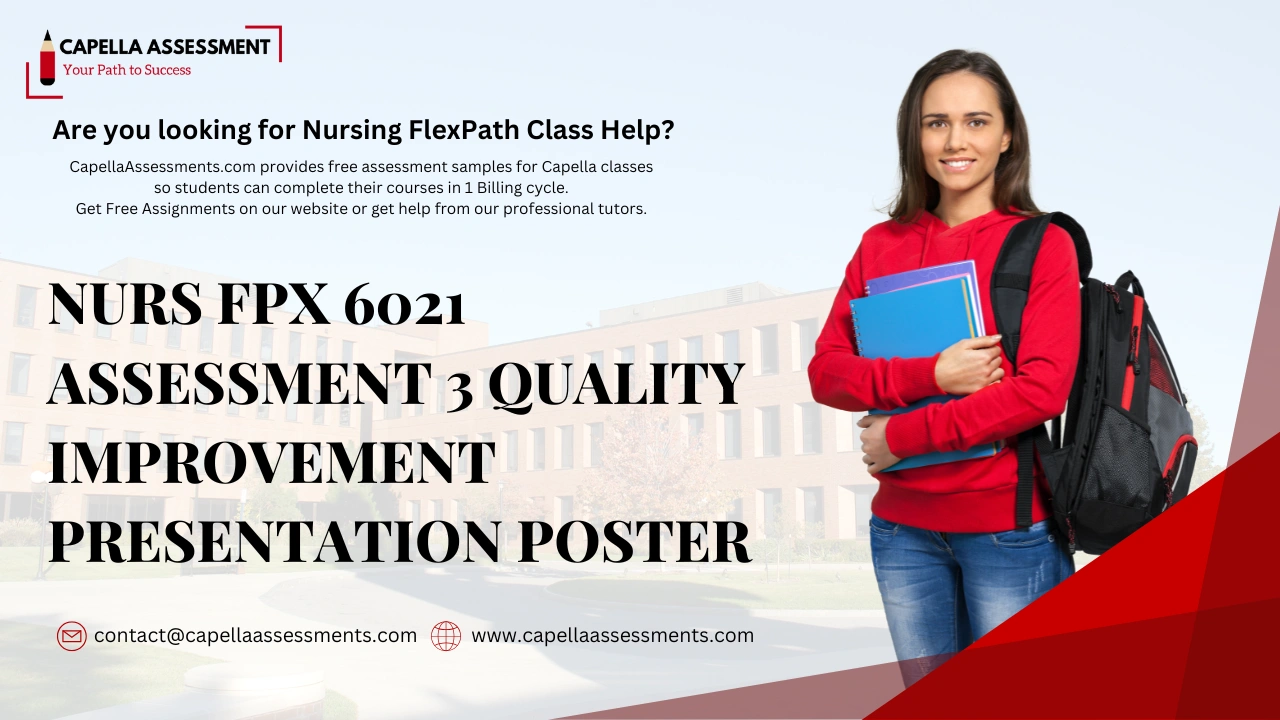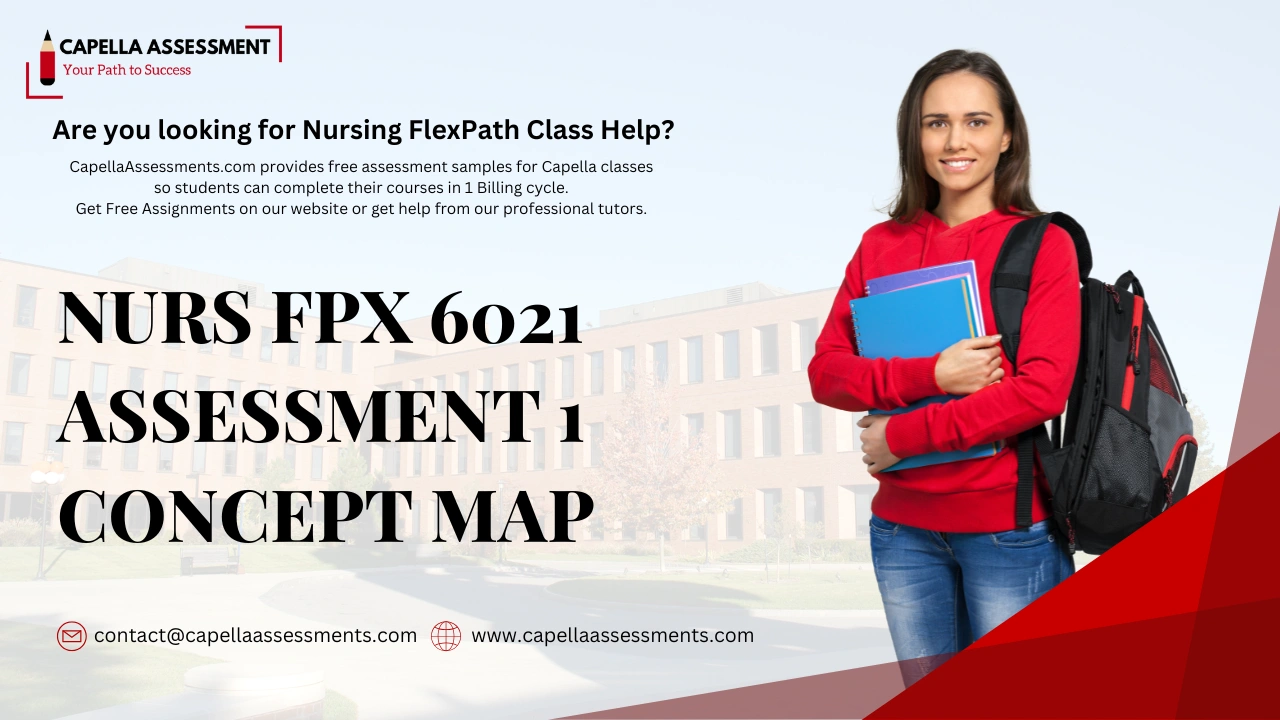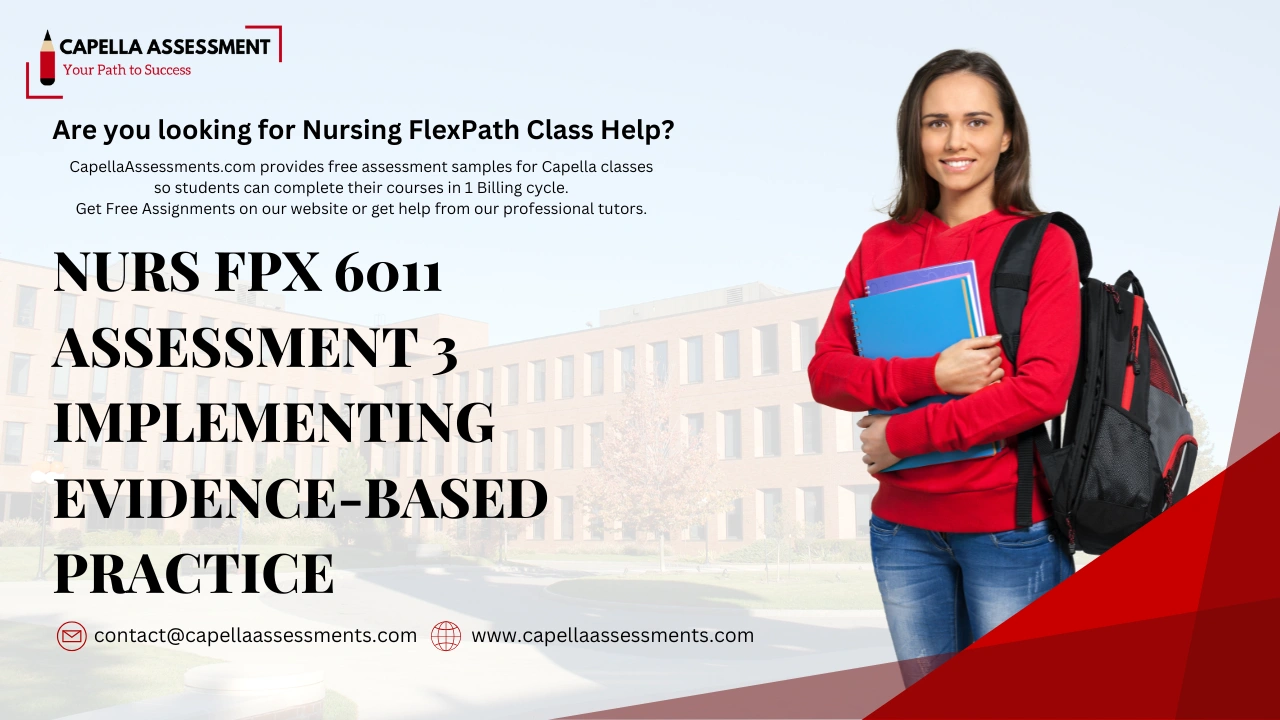NURS FPX 6021 Assessment 3 Quality Improvement Presentation Poster
NURS FPX 6021 Assessment 3 Quality Improvement Presentation Poster Name Capella university NURS-FPX 6021 Biopsychosocial Concepts for Advanced Nursing Practice 1 Prof. Name Date Abstract This quality improvement initiative, rooted in the Plan-Do-Check-Act (PDCA) cycle, addresses the intricate biopsychosocial complexities surrounding diabetes and renal failure management, with Mrs. Smith’s case as a focal point. The project aims to optimize patient outcomes through a collaborative approach involving Continuous Glucose Monitoring (CGM) implementation, comprehensive education, and financial aid strategies. By integrating interprofessional teamwork, encompassing endocrinologists, nurses, dietitians, and social workers, the effectiveness and efficiency of the intervention are bolstered. The project anticipates benefits such as enhanced patient well-being, improved care quality, and streamlined healthcare processes, contributing to broader population health advancements. This initiative aims to drive sustained improvements in patient care and overall healthcare delivery through continuous assessment and adaptation. Quality Improvement Methods To promote continuous improvement in managing diabetes and renal failure, particularly for patients like Mrs. Smith, we propose utilizing the PDCA cycle. This method involves four key steps: planning the intervention, implementing the plan, checking the results, and acting on what is learned to refine the process. In Mrs. Smith’s case, PDCA can be applied to monitor and adjust her blood glucose levels and renal function. For instance, the initial plan may involve introducing CGM and diuretics (Yi et al., 2023). The “do” phase would implement these interventions, while the “check” phase involves regular monitoring of blood glucose and renal function tests. The “act” phase would use the gathered data to tweak the intervention, ensuring continuous improvement. This cyclical approach ensures that adjustments can be made based on real-time data, thereby addressing her care’s physiological (biological) and behavioral (psychosocial) aspects. The PDCA cycle promotes continuous improvement by providing a structured yet flexible framework that can be repeatedly refined (Yi et al., 2023). Limitations of PDCA Despite its strengths, the PDCA cycle presents several challenges. One significant limitation is the potential for resistance to change, particularly from patients who may find new technologies like CGM intimidating or cumbersome. To mitigate this, comprehensive education and support systems need to be established. Patients should be thoroughly educated about the benefits and use of CGM, and support from healthcare professionals should be readily available to address any concerns (Sugandh et al., 2023). Additionally, financial barriers may hinder the consistent implementation of interventions, especially for patients like Mrs. Smith, who face economic constraints. Connecting patients to financial assistance programs can help overcome this barrier (Du et al., 2022). Furthermore, adapting the PDCA cycle to manage biopsychosocial considerations requires a multidisciplinary approach, integrating input from endocrinologists, nephrologists, dietitians, and social workers to comprehensively address all aspects of the patient’s condition. This collaboration ensures that interventions are holistic and patient-centered. By anticipating these challenges and proactively developing strategies to address them, the PDCA cycle can effectively facilitate continuous quality improvement in managing complex conditions like diabetes and renal failure (Du et al., 2022). Evidence-Supported QI Methods Evidence supports the effectiveness of the PDCA cycle in managing diabetes and renal failure in patients like Mrs. Smith. CGM has been shown to significantly improve glycemic control by providing real-time feedback, enabling timely interventions and adjustments to insulin therapy (Martens et al., 2021). Studies demonstrate that CGM users experience fewer episodes of hypoglycemia and better overall glucose management, which directly supports the “check” and “act” phases of the PDCA cycle. Furthermore, the use of diuretics to manage renal function is backed by guidelines from the American Diabetes Association (ADA), which recommends diuretics for patients with edema and early-stage renal damage to prevent further deterioration (Afify et al., 2023). This evidence reinforces the planning and implementation stages of the PDCA cycle, ensuring that the interventions are both evidence-based and practical. The most valuable evidence for our project includes the ADA guidelines and the research by Martens et al. (2021), as these sources provide robust data supporting the integration of CGM and diuretics into the care plan. This evidence informs the specific QI approach by validating the chosen interventions and ensuring they are aligned with best practices for managing diabetes and renal failure, thereby enhancing patient outcomes like Mrs. Smith’s. Identify Knowledge Gap While evidence supports the effectiveness of CGM and diuretics, there may be gaps in understanding how these interventions translate into long-term outcomes for patients like Mrs. Smith. Additionally, the optimal frequency and duration of CGM usage in managing blood glucose levels still need to be clarified in specific contexts. Further research could explore the impact of socioeconomic factors on medication adherence and its interaction with financial assistance programs in improving health outcomes for diabetic patients (Kvarnström et al., 2021). Change Strategy Foundation The project is anchored in successful change strategies such as CGM, financial assistance for medication adherence, diuretics, and comprehensive education (Kvarnström et al., 2021). These strategies are informed by evidence-based practices and guidelines from reputable sources like the ADA and NANDA (ADA, 2022; NANDA, 2020). Successful implementation of CGM and medication assistance programs has been demonstrated in similar QI projects, showcasing their effectiveness in improving patient outcomes. For instance, CGM helps maintain blood glucose levels within the target range, reducing spikes from 200-350 mg/dL to 80-130 mg/dL fasting and less than 180 mg/dL postprandial (Lin et al., 2021). These strategies are relevant and appropriate for this QI project as they address specific clinical needs such as controlling blood glucose levels, managing renal function, and ensuring medication adherence in patients like Mrs. Smith, ensuring a comprehensive and evidence-based approach to quality improvement (Lin et al., 2021). Potential Challenges and Solutions Implementing CGM and financial assistance programs faces challenges such as initial costs and patient acceptance. To address this, patients and healthcare providers will receive comprehensive training sessions and ongoing support. Collaborating with financial aid organizations and community organizations can help mitigate financial barriers. Resistance to change and adherence issues arise, requiring tailored educational interventions and close monitoring of patient progress. Regular feedback and quality improvement assessments will help identify and address emerging challenges throughout the implementation process










